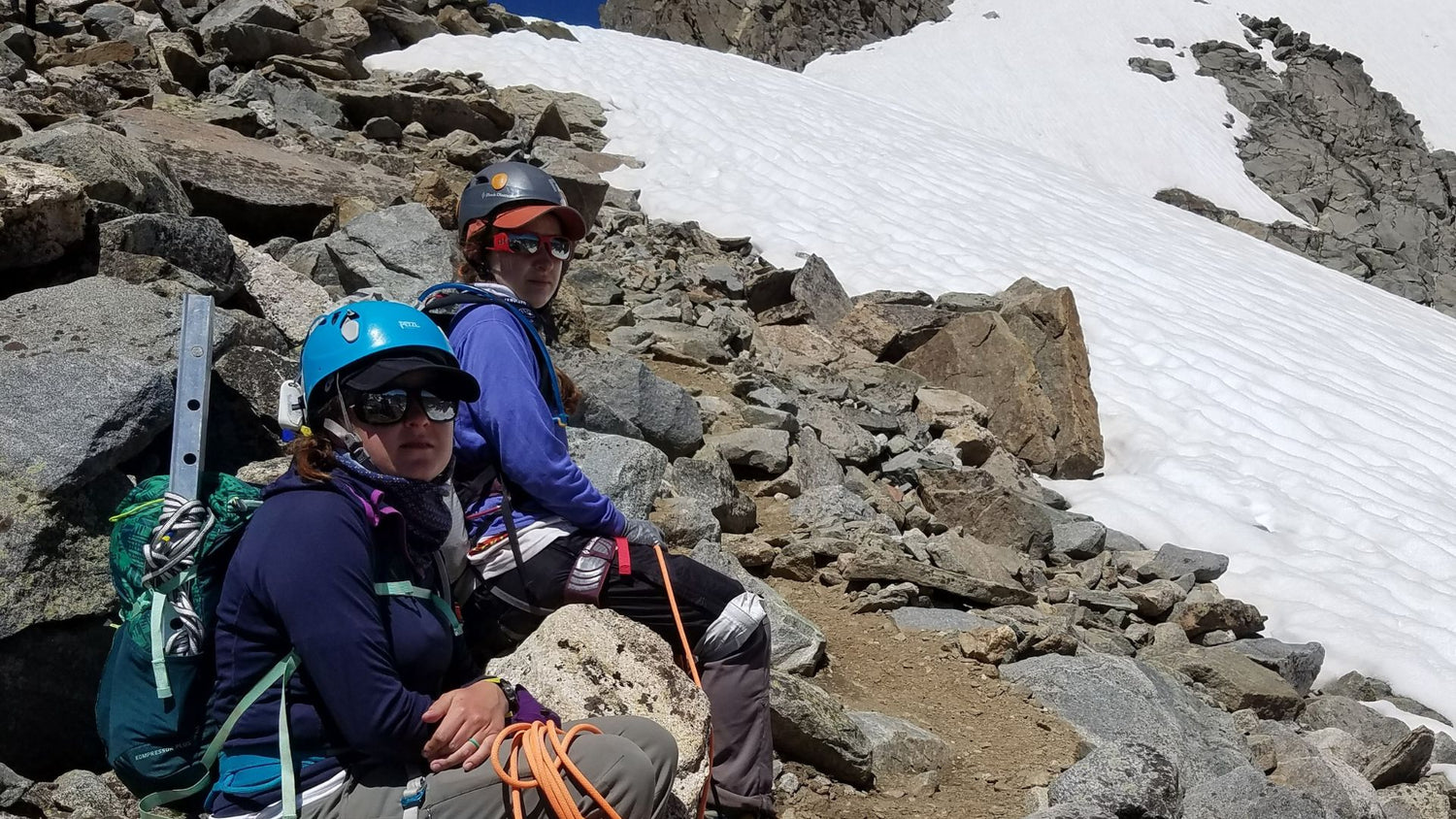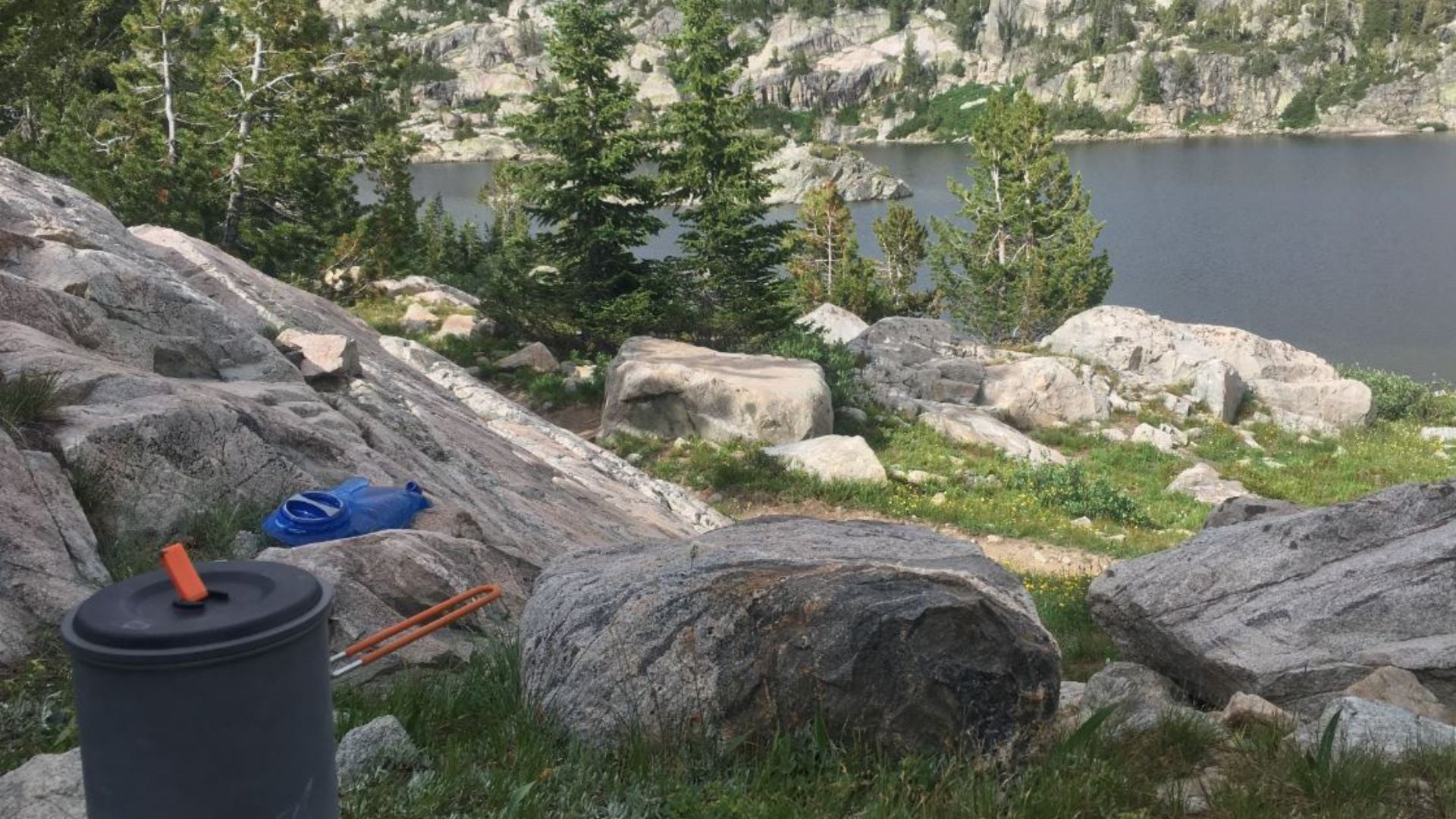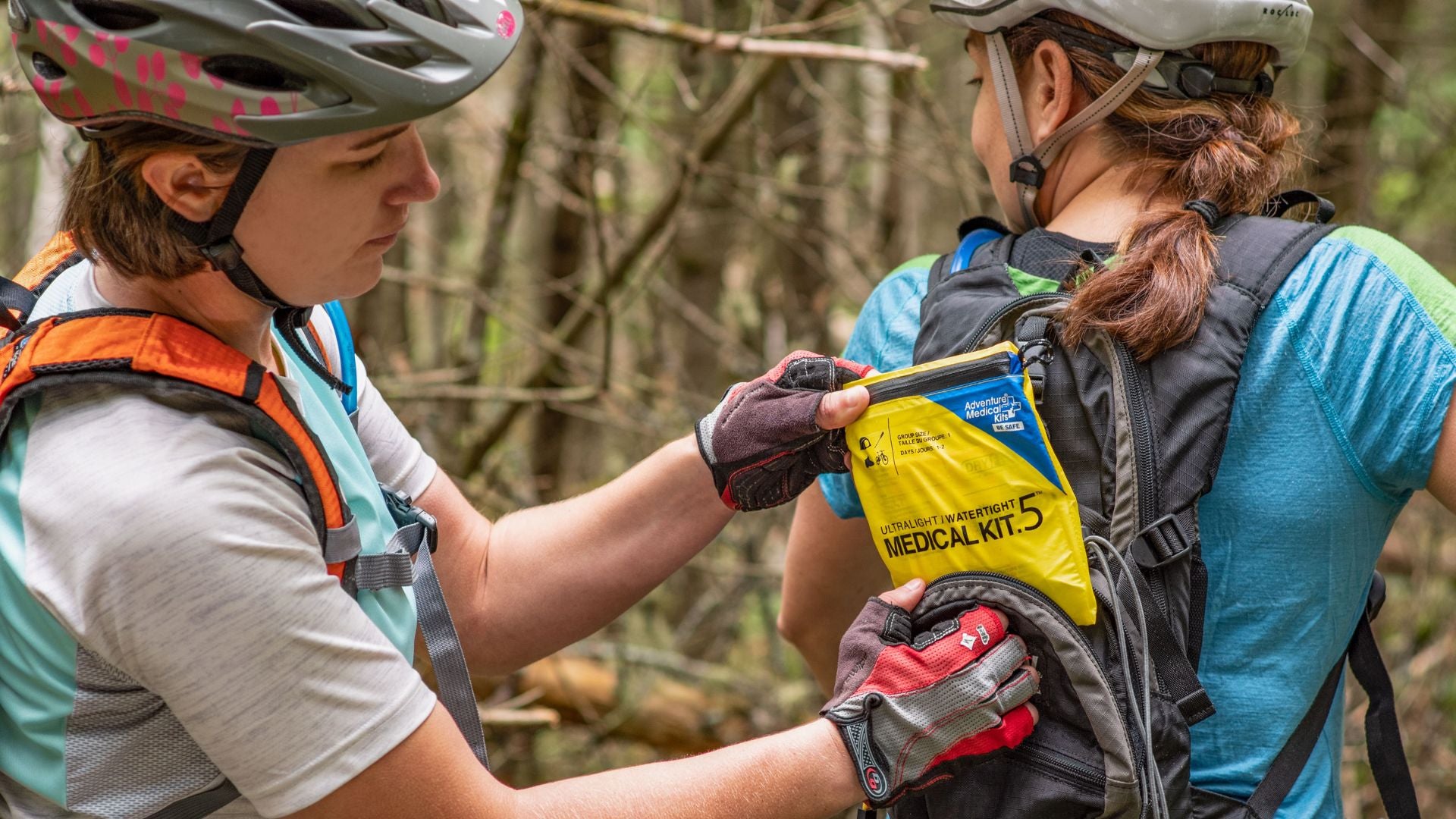Mountain sickness is an illness that can affect mountain climbers, hikers, skiers, or travelers at high altitudes, usually above 8,000 feet (2,400 meters). On your next trip to the mountains, be sure to watch yourself and your companions for signs of altitude sickness as you travel to higher elevations.
Taken from Adventure Medical Kits’ Wilderness & Travel Medicine Guide, By Dr. Eric A. Weiss, the book in several of the Adventure Medical Kits.
What causes Altitude Illness or Mountain Sickness? Altitude Illness is a direct result of the reduced barometric pressure and concentration of oxygen in the air at high elevations. The lower pressure makes the air less dense, so each time we breathe each inhalation contains fewer oxygen molecules and the body begins to feel deprived resulting in headaches, shortness of breath, weakness and nausea.
Prevention
- Follow the “Golden Rule of Altitude Illness”- Above 8000 feet, assume headaches, shortness of breath, nausea or vomiting should be considered altitude illness until proven otherwise. Even with mild symptoms, symptoms should be addressed and/or resolved before continuing to higher elevations. Anyone with worsening symptoms or severe symptoms should descend immediately to lower altitudes.
- Graded ascents are the best and safest method for preventing illness. Average no more than 1,000 feet of elevation gain per day after 10,000 feet.
- Avoid abrupt ascent to sleeping altitudes greater than 10,000 feet.
- Day trips to higher altitudes with returns to lower altitudes for sleeping will aid in acclimatization.
- Eating food high in carbohydrates and low in fat and staying well hydrated helps.
- Avoid or limit alcohol consumption
Mild Altitude Illness: Acute Mountain Sickness
Signs and Symptoms
Acute Mountain Sickness is common in travelers who ascend rapidly to altitudes about 7,000 feet. They typical sufferer experiences a headache, difficulty sleeping, loss of appetite, and nausea. Swelling of the face or hands may be an early sign. Children are generally more susceptible than adults.
Treatment
- With mild symptoms, refrain from going any higher in elevation.
- Watch the victim closely for worsening symptoms.
- Usually, within 1-2 days, the victim will feel better and can travel to higher elevations with caution.
- For headaches, administer acetaminophen (Tylenol) or Ibuprofen. Follow directions for dosing.
- Minimize exertion
- Avoid sleeping pills
- Visit a medical professional for a prescription of Diamox (a drug that aids in relieving symptoms)
Severe Altitude Illness-High Altitude Cerebral Edema (HACE) or High-Altitude Pulmonary Edema (HAPE)
If the victim presents the following, seek IMMEDIATE Medical Help and assist the victim in descending immediately at least 3000 feet and administer oxygen.- Marked breathlessness upon minor exertion
- A severe headache unrelieved by Tylenol or Ibuprofen.
- Vomiting
- Loss of coordination
- Confusion, hallucinations, stupor or coma
- Transient blindness, partial paralysis or loss of sensation on one side of the body.
- A dry hacking cough
- Anxiety, restlessness, and rapid pulse
- Bluish color of the lips and nails, indicating poor oxygen in the blood














